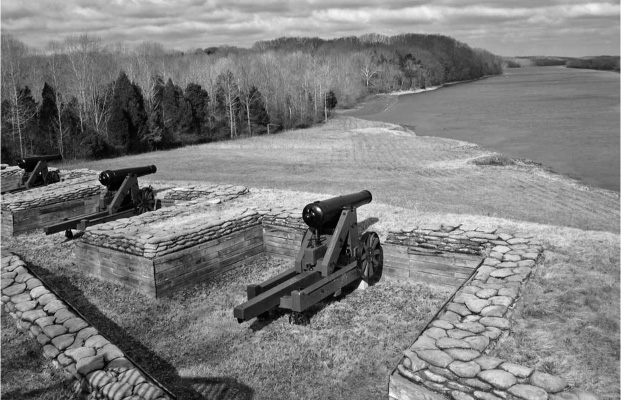Army of Northern Virginia: February to September 1862Unconditional Surrender U. S. Grant |
When did Ulysses S. Grant become known as “Unconditional Surrender” Grant? |
The Confederate defenders of Fort Donelson made a huge effort to break out on February 15, 1862. The battle was touch-and-go, but Grant was on the scene, judiciously throwing in enough men to hold them, and when the effort failed, the Confederate leaders lost all heart. General John Floyd—who had previously been President Buchanan’s secretary of war—and General Nathan Bedford Forrest decided to escape. The former crossed the river, and the latter broke out with his cavalry. Command of Fort Donelson therefore devolved upon Brigadier-General Simon Bolivar Buckner (1823–1914), a West Point graduate of 1845.
Remembering Grant as a friend from his West Point days, Buckner sent a letter asking to meet in order to discuss terms. Grant fired back with the words that became immortal: “Nothing but an immediate and unconditional surrender will be considered. I propose to move immediately on your works.” Saying that his former friend acted in an unchivalrous manner, Buckner yielded, surrendering almost 14,000 men and equipment that might have equipped an entire Confederate army. It was by far the largest Union victory to this point and the greatest Confederate disaster.

Fort Donelson (shown here in a modern photo) had a strategic position overlooking the Tennessee River, so Ulysses Grant made it a target for his next attack after capturing Fort Henry.
